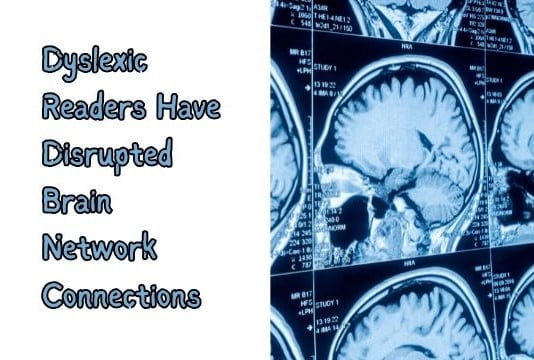
Using non-invasive functional neuroimaging tools has helped characterize how brain activity is disrupted in dyslexia. However, most prior work has focused on only a few brain regions, leaving a gap in our understanding of how multiple brain regions communicate through networks, called functional connectivity, in persons with dyslexia.
This led neuroscience PhD student Emily Finn and her colleagues at the Yale University School of Medicine to conduct a whole-brain functional connectivity analysis of dyslexia using functional magnetic resonance imaging (fMRI). They reported their findings in Biological Psychiatry.
“In this study, we compared fMRI scans from a large number of children and young adults with dyslexia to scans of typical readers in the same age groups. Rather than activity in isolated brain regions, we looked at functional connectivity, or coordinated fluctuations between pairs of brain regions over time,” explained Finn.
In total, they recruited and scanned 75 children and 104 adults. Finn and her colleagues then compared the whole-brain connectivity profiles of the dyslexic readers to the non-impaired readers, which revealed widespread differences.
Dyslexic readers showed decreased connectivity within the visual pathway as well as between visual and prefrontal regions, increased right-hemisphere connectivity, reduced connectivity in the visual word-form area, and persistent connectivity to anterior language regions around the inferior frontal gyrus. This altered connectivity profile is consistent with dyslexia-related reading difficulties.
Dr. John Krystal, editor of Biological Psychiatry, said, “This study elegantly illustrates the value of functional imaging to map circuits underlying problems with cognition and perception, in this case, dyslexia.”
“As far as we know, this is one of the first studies of dyslexia to examine differences in functional connectivity across the whole brain, shedding light on the brain networks that crucially support the complex task of reading,” added Finn. “Compared to typical readers, dyslexic readers had weaker connections between areas that process visual information and areas that control attention, suggesting that individuals with dyslexia are less able to focus on printed words.”
Additionally, young adult dyslexic readers maintained high connectivity to brain regions involved in phonology, suggesting that they continue to rely on effortful “sounding out” strategies into adulthood rather than transitioning to more automatic, visual-based strategies for word recognition.
A better understanding of brain organization in dyslexia could potentially lead to better interventions to help struggling readers.


